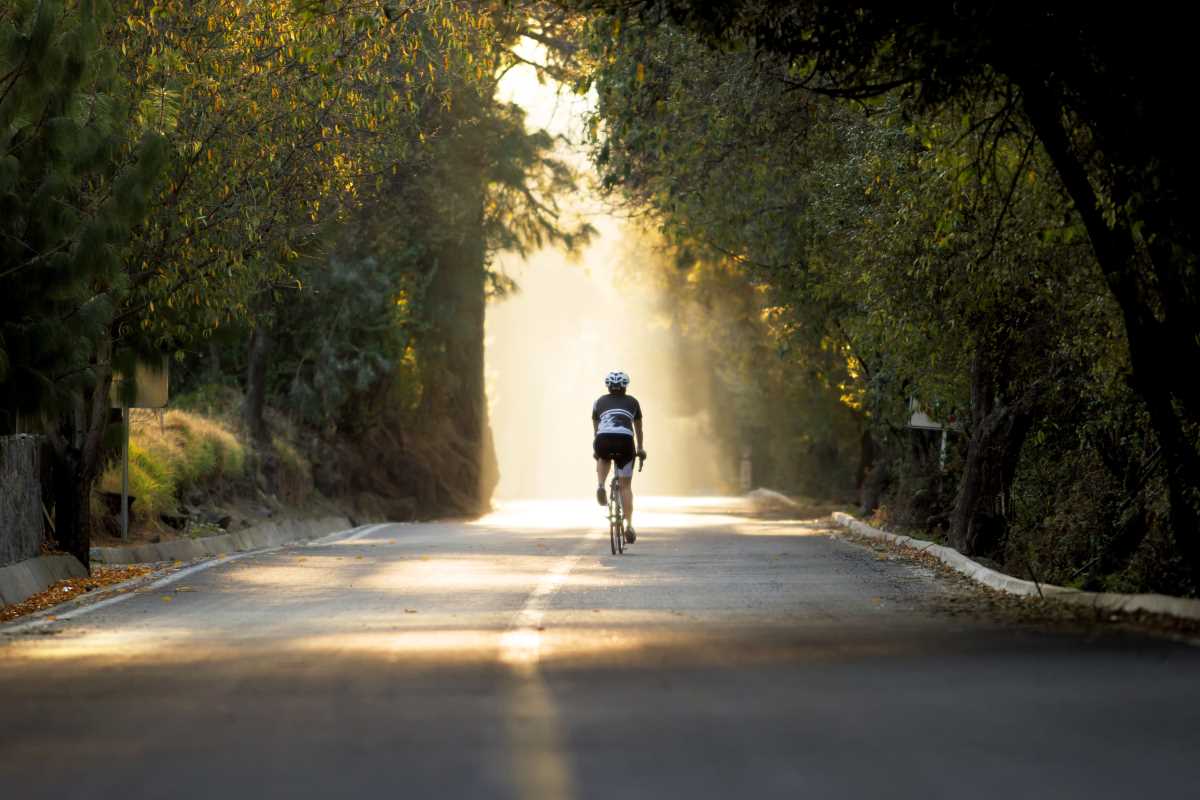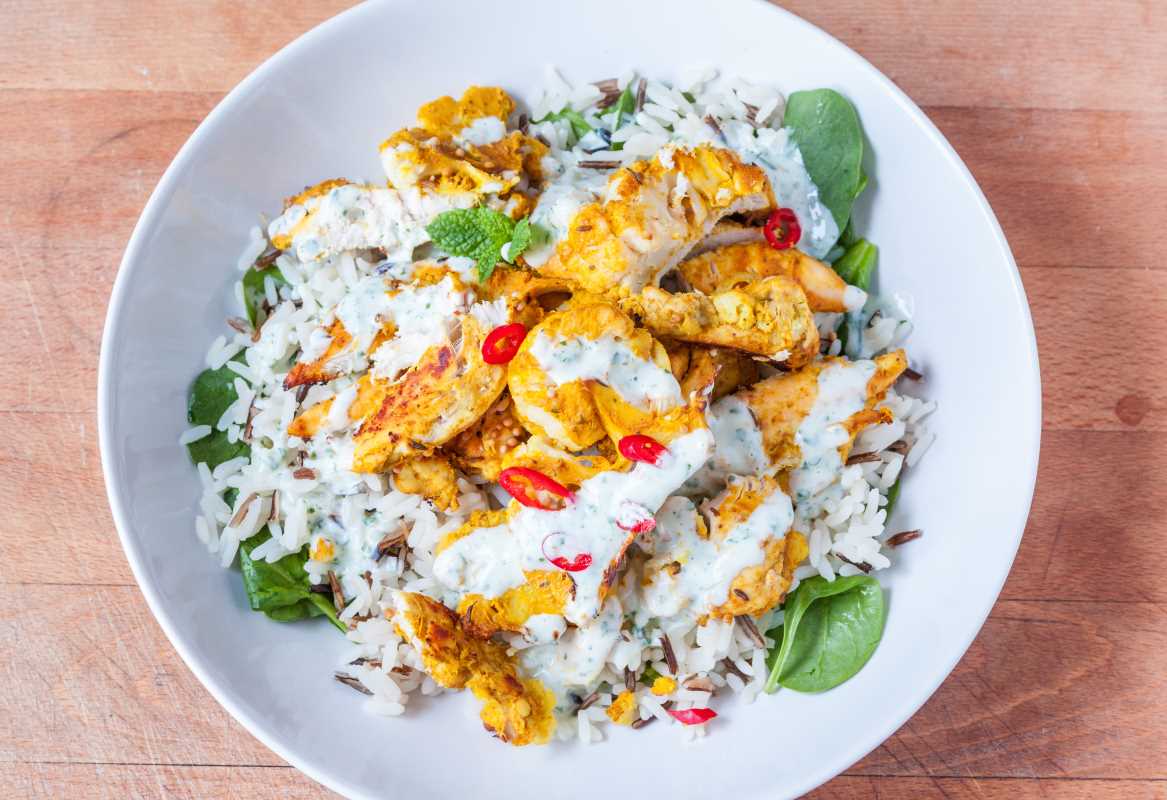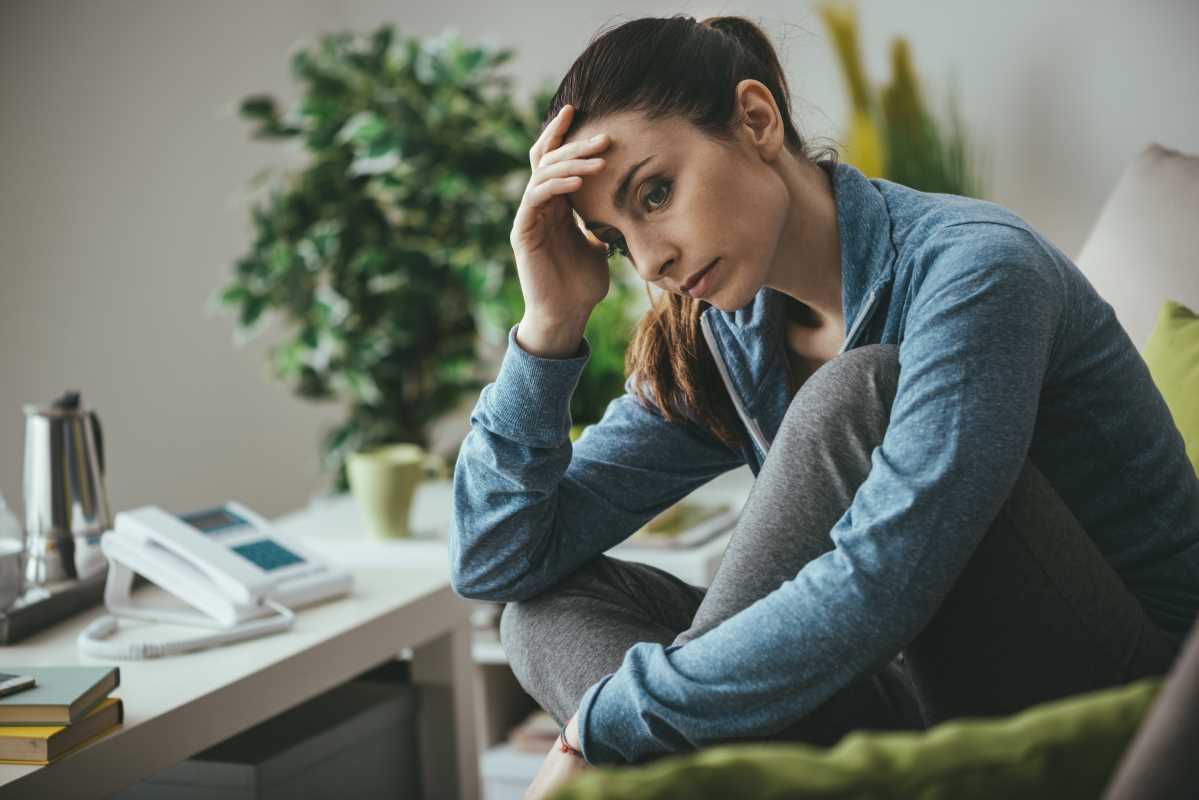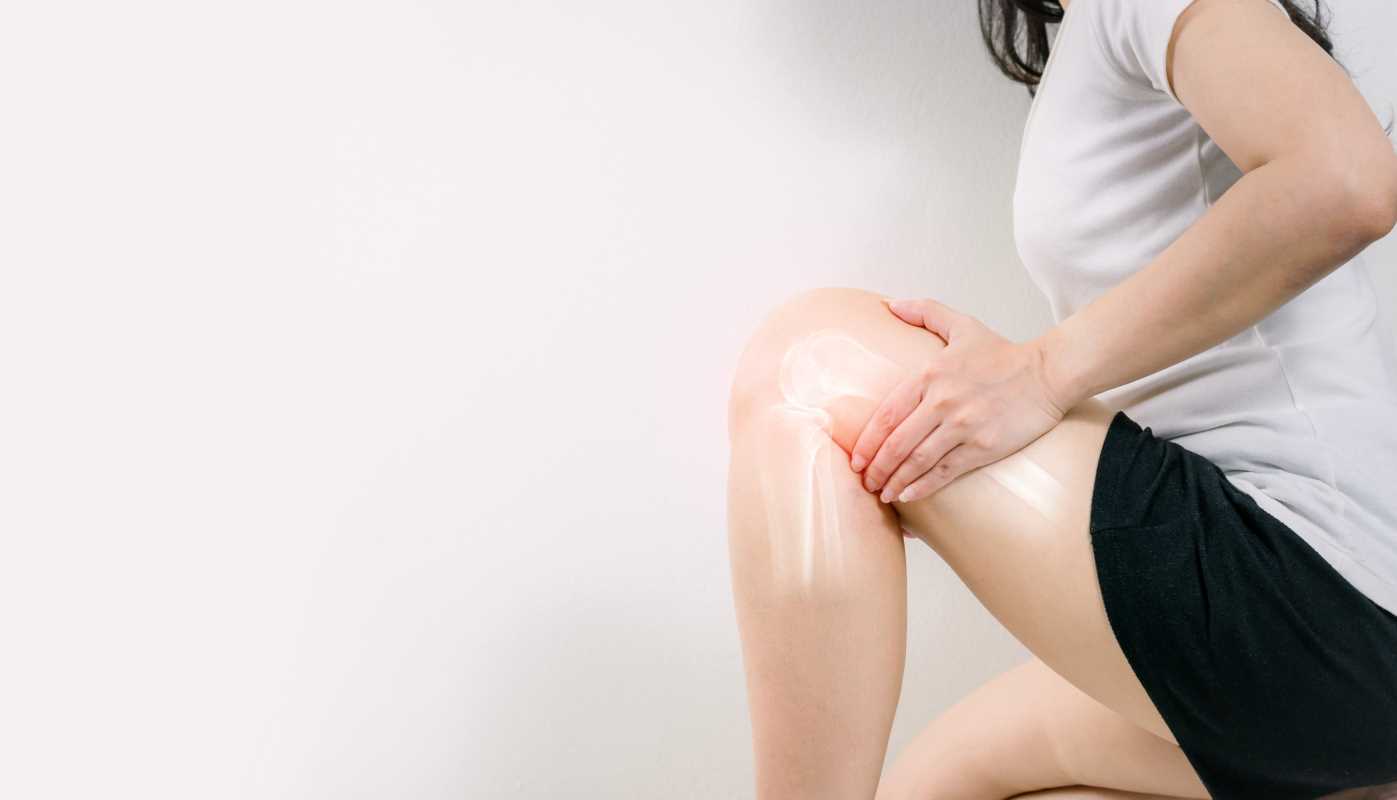Cycling is more than just a great workout; it’s a fantastic way to explore the outdoors, improve your health, and have fun all at the same time! Whether you’re looking to commute, take relaxing rides on the weekend, or join cycling groups, getting started as a beginner can feel a little intimidating. What kind of bike should you buy? How do you stay safe on the road? And how do you build up the stamina to enjoy longer rides? Don’t worry—we’ve got you covered. This guide will help you hit the road (or trail) feeling confident, safe, and ready to enjoy the ride.
Why You Should Give Cycling a Try
Cycling comes with a host of benefits for both your body and mind. It’s a low-impact activity, meaning it’s easy on your joints while still giving your muscles a great workout. Here’s why cycling is a fantastic choice for beginners:
- Improves Cardiovascular Health: Cycling helps strengthen your heart, save your stamina, and improve blood circulation.
- Builds Muscle: It works your legs, core, and even your upper body when you’re out of the saddle.
- Boosts Mental Health: Riding a bike is as good for your mind as it is for your body. It can reduce stress, improve your mood, and even enhance focus.
- Eco-Friendly Transportation: If you ride instead of drive, you’re helping the planet while saving money on gas.
- Promotes Social Connection: Joining a local cycling group can help you meet new people and make friends who share your interest.
Best of all, cycling is customizable. Whether it’s a casual ride or a more intense session, you can determine how much effort to put in and how far to go.
Choosing the Right Bike
Picking the right bike is one of the most important steps for enjoying cycling. The best bike for you will depend on where and how you want to ride.
Types of Bikes
- Road Bikes: Lightweight and built for speed, these are perfect for smooth pavement and long rides.
- Mountain Bikes: Designed for rugged trails, these have thicker tires and better suspension for off-road adventures.
- Hybrid Bikes: A mix of road and mountain styles, these are great for both city rides and light trails.
- Cruiser Bikes: Comfortable and stylish, these are ideal for short, casual rides.
Bike Fit Matters
A bike that fits properly can make all the difference. Here’s what to consider:
- Frame Size: Make sure the frame matches your height. Many bike shops offer measurements to help.
- Seat Position: Your legs should almost fully extend when the pedal is at its lowest point.
- Handlebar Reach: You should feel comfortable without overreaching or straining your back.
It’s worth visiting a local bike shop to test different models and get expert advice.
Essential Safety Gear
Safety is critical when cycling. Having the right gear can protect you in case of an accident and keep your rides worry-free.
Must-Have Gear
- Helmet: Always wear a properly fitted helmet to protect your head. Safety first!
- Lights and Reflectors: If you’re cycling early in the morning, at dusk, or in low light, lights are a must for visibility.
- Bright Clothing: Wear bright or reflective clothing so drivers and other cyclists can see you.
- Bike Bell: A simple bell can alert pedestrians or other riders.
- Gloves: Padded gloves add comfort and protect your hands if you fall.
- Water Bottle or Hydration Pack: Stay hydrated during your rides to keep your energy levels up.
Optional but Useful
- Cycling Sunglasses: They protect your eyes from the sun, wind, and debris.
- Repair Kit: Bring essentials like a spare tube, tire levers, and a pump for quick fixes.
- Cycling Shoes: Clip-in cycling shoes improve power transfer but aren’t necessary for beginners.
Tips for Staying Safe on the Road or Trail
Cycling can be a lot of fun, but there are potential hazards to look out for. Follow these tips to protect yourself and enjoy worry-free rides.
Follow Traffic Rules
- Ride in the same direction as traffic.
- Obey traffic lights and stop signs.
- Use hand signals to indicate turns or stops.
Watch for Hazards
- Keep an eye out for potholes, debris, or uneven surfaces.
- Be cautious around parked cars to avoid getting “doored” (when a car door opens unexpectedly).
Stay Aware
- Avoid using earbuds or headphones so you can hear traffic.
- Use mirrors or turn your head to check for cars before changing lanes.
Don’t Push Your Limits
- Start with shorter routes and gradually increase your rides. There’s no rush!
- Stick to familiar routes until you feel comfortable venturing farther.
Building Confidence and Endurance
Like any new skill, cycling takes time and practice. Here’s how to build your confidence and stamina as a beginner.
Start Slow
If you’re a complete beginner, aim for rides that are 20–30 minutes long. Increase your distance and intensity as your fitness improves.
Learn Basic Handling Skills
Practice braking, turning, and balancing at slow speeds in a safe space like an empty parking lot or quiet street.
Set Achievable Goals
Whether it’s riding for a certain number of miles per week or tackling a local trail, setting small goals can keep you motivated.
Join a Cycling Group
Riding with others can be encouraging, especially if you’re nervous about cycling alone. Many groups welcome beginners and offer tips for riding safely and confidently.
Take Rest Days
It’s tempting to ride every day once you start having fun, but rest days are just as important for building endurance.
Making Cycling Fun
Cycling isn’t just exercise; it’s an opportunity to enjoy yourself. These tips can make your rides more enjoyable and rewarding.
Mix Up Your Routes
Exploring different trails, parks, or neighborhoods can keep cycling fresh and exciting.
Bring a Friend
The miles fly by faster when you’re chatting with a buddy!
Listen to Podcasts or Audiobooks
While it’s important to stay alert, an audiobook or podcast played on a small speaker (not earbuds) can make long rides more entertaining.
Enjoy the Scenery
Choose routes with beautiful views, like riverside paths, wooded trails, or charming residential areas.
Reward Yourself
End your ride with a treat, like a smoothie or coffee, to look forward to after your workout.
 (Image via
(Image via





